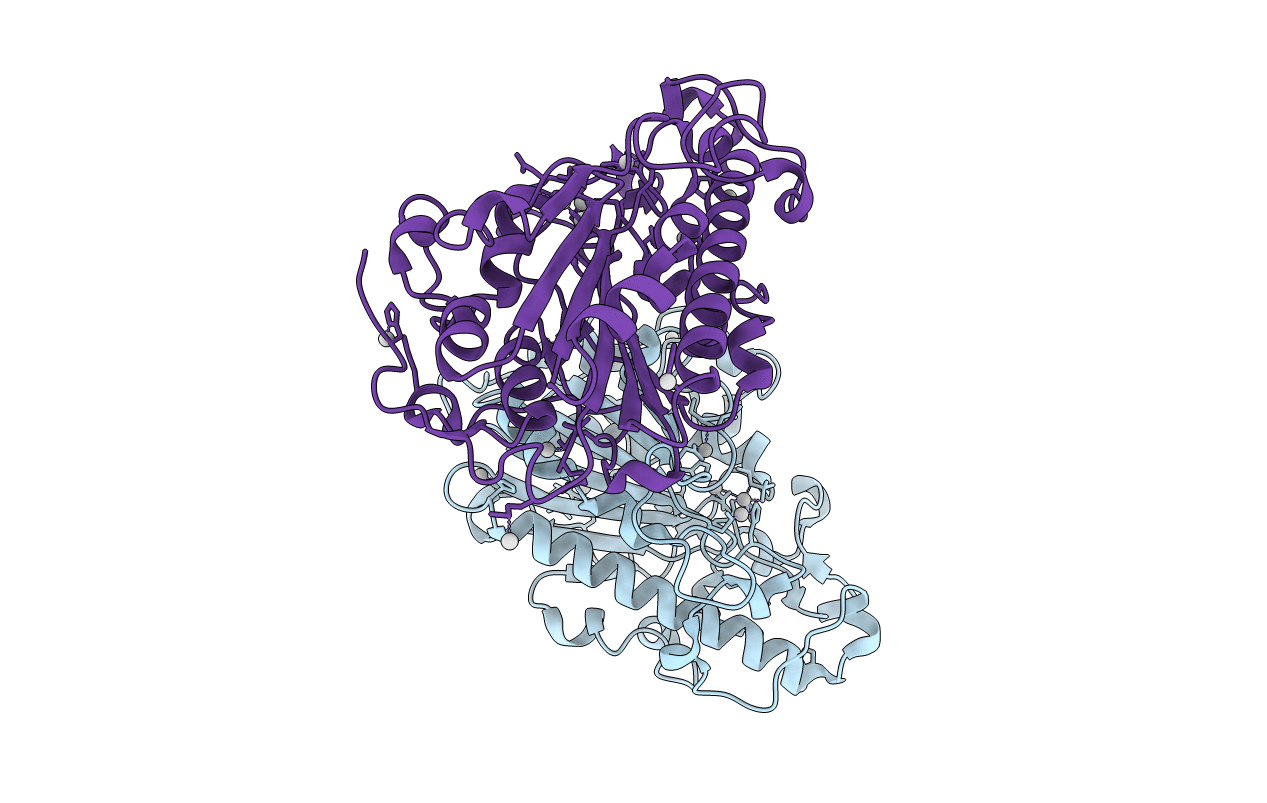
Deposition Date
2021-12-13
Release Date
2022-03-16
Last Version Date
2024-11-06
Method Details:
Experimental Method:
Resolution:
1.58 Å
R-Value Free:
0.21
R-Value Work:
0.19
R-Value Observed:
0.19
Space Group:
P 1 21 1


